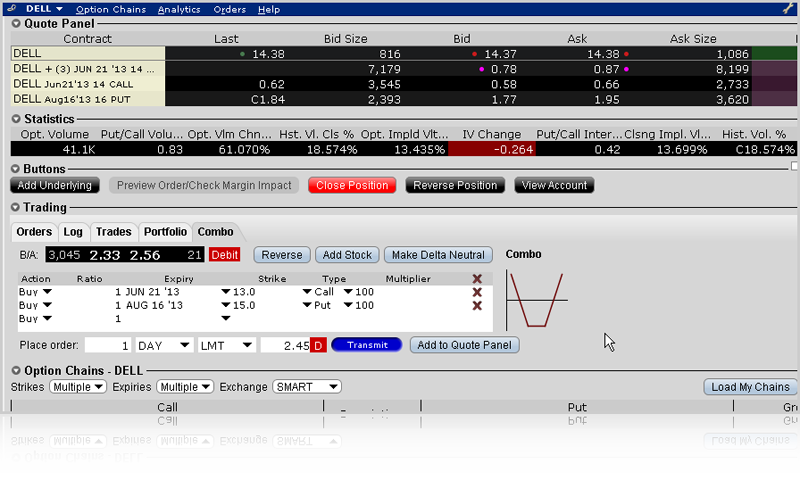Metal Products Gold Futures v ETFs Understanding the Differences and Opportunities
Post on: 7 Июль, 2015 No Comment

By Noble DraKoln
Founder of Speculator Academy and Author of “Winning the Trading Game” and “Trade Like a Pro”
Significant differences in the liquidity, leverage and costs of futures and ETFs that need to be understood before any investment decision is made.
Gold has historically served as both a legitimate hedge against inflation and as an integral part of a diversified investment portfolio. But how can individual investors participate in the resurgence of gold and use gold as a vehicle for investing, preserving and increasing one’s wealth?
Today, more than any other time in history, active investors have available to them a variety of ways to invest in the performance of gold. From gold bars to mining stocks or derivatives, individuals have flocked into gold-related investments in an attempt to benefit from the renewed interest in gold. Two of the more popular gold investments chosen by professional money managers are Gold futures (COMEX) and exchange traded funds (ETFs) based on gold. In many cases either the futures or ETFs are a suitable choice, but there are significant differences in the liquidity, leverage and costs of each that need to be understood before any investment decision is made.
Differences in market liquidity
It’s estimated that world gold reserves fall in the range of 120,000– 140,000 metric tons. The largest gold ETF, SPDR Gold Shares ETF (GLD), is in its fifth year of existence with a total of $42 billion dollars under management and 1,100 metric tons of gold bullion in reserve. Originally founded in 2004, the SPDR ETF was specifically developed to track the price of gold and become an inexpensive alternative to owning physical gold. Investors can purchase a share in the ETF which represents one tenth of an ounce of gold. It sounds great in theory, but the amount of bullion under management is fairly insignificant and the volume of gold traded by the SPDR ETF is fairly small when compared to the daily volume transacted using COMEX Gold futures. Source: Bloomberg
Currently, the SPDR Gold ETF trades an average of 24 million shares (GLD) on a daily basis representing 2.4 million ounces of gold. In comparison, the average daily volume for COMEX Gold futures is over 200,000 contracts which equates to approximately 20 million ounces changing hands on a daily basis with an additional 48 million ounces (or 1,366 metric tons) held in open positions. Over 90 percent of these futures contracts are traded electronically. This, combined with the large number of market participants and the significant daily volume, has the effect of making the futures markets very efficient. And all transactions, as well as the best bids and best offers, are publicly available in real-time which further enhances liquidity and provides what is known as transparent price discovery. Transparent pricing and small bid ask spreads are key to a market’s success and a great benefit to
the investors who use them.
MARKET SIZE:
COMEX Gold futures = 20 million ounces/day
SPDR Gold ETF = 2.4 million ounces/day
Opportunities for leverage
To put it plainly, gold ETFs don’t provide leverage. Many securities brokers will loan you 50 percent of the money to purchase stocks or ETFs, but similar to any loan there are costs associated with this. A unique feature of futures contracts is the ability to use leverage, which is built into each contract via a system of margin rules and regulations. Brokerage firms extend the exchange enforced minimum margin requirements along to their customers and manage the daily margining of their customer accounts. Margin can sometimes represent as little as three percent of the notional value of the contract. This is a tremendous advantage for investors who wish to use leverage to take advantage of a specific opportunity in the market. However, unlike stocks, futures margin is not partial payment or a down payment for the purchase of the underlying asset, it is simply “good-faith money”. This money is placed on deposit to guarantee that each participant has the ability to perform to the terms of the contract and withstand the average daily price fluctuation of the underlying asset. Brokerage firms constantly monitor margin balances and update account balances to reflect changes in market prices at the end of each day. If market conditions change, so may the exchange required margin required to trade that market, but there is never a need to borrow money from a broker nor are there fees associated with using this margin
At current prices, a $5,000 investment in a gold ETF would buy you shares that equate to approximately four ounces of gold. While an investment of $5,000 represents a substantial amount of money, gold would need to make a fairly significant move before an investor would see any real profits. On the other hand, that same $5,000 placed in a margin account allows the futures trader to benefit from the movement of up to 100 ounces of gold through the purchase or sale of COMEX Gold futures. This strategy can provide more than 25 times the potential to make profits from the same move in gold (miNY and E-mini Gold futures contracts can also be traded which are smaller in size and require less margin).
Of course, there is no need to utilize all of the leverage available. Each investor can tailor the leverage they use to meet their individual investment goals. This is done by simply adjusting the amount of margin on deposit in relation to the value of the contract. The benefit of leverage is tempered by the fact that leverage magnifies both profits and losses. This means that investors that choose to use leverage should additionally protect themselves by using prudent money management techniques. Using stop loss orders “stops” to limit the investors’ financial exposure to fast moving markets is one common technique used by futures traders.














